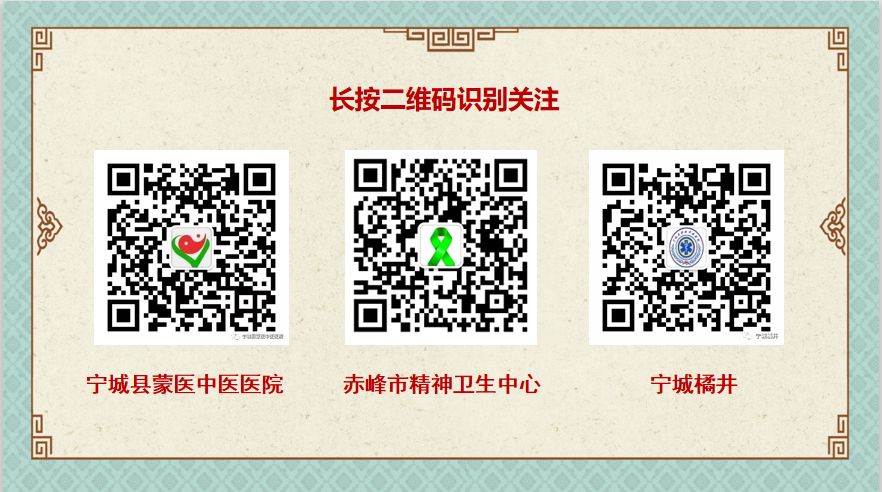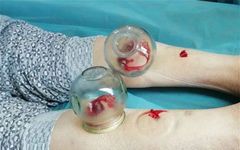
Case

Liu, male, 50 years old, was admitted to the neurology department in March 2020 with “impaired movement of the right limbs for 4 months, worsened with slurred speech for 2 days.” He had a history of cerebral infarction for 6 years, with two recurrences of cerebral infarction 4 months ago, resulting in impaired movement of the right lower limb. Upon admission, the patient reported a feeling of heaviness in the right lower limb, weakness in lifting his foot, and dragging while walking. After routine treatment, bloodletting therapy was performed at the Weizhong (委中) acupuncture point on the right side. The first bloodletting released dark blood, and after the procedure, the patient felt a significant reduction in the heaviness of the right lower limb and less difficulty in lifting his foot. Subsequently, bloodletting was performed at the same acupuncture point every two days, and after one week, the impairment of the lower limb significantly improved, allowing for discharge.
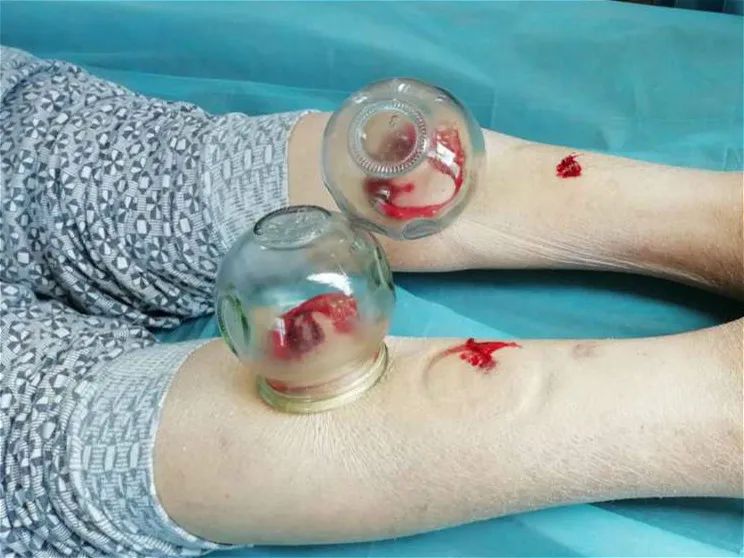

Bloodletting Therapy
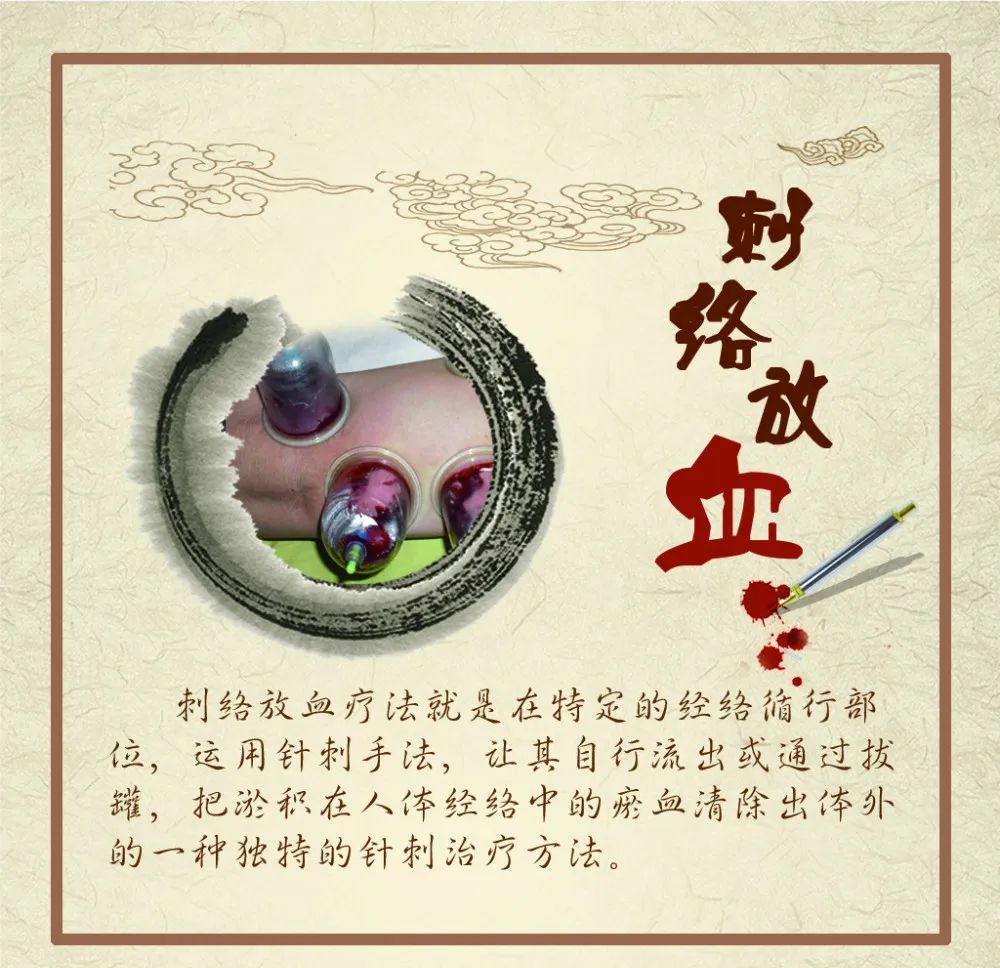
Bloodletting therapy involves puncturing the acupoints, local lesions, superficial blood vessels, or pathological reaction points to induce bleeding. The “Lingshu Xiaozhen” states, “If it is stagnant, remove it; it is the removal of blood vessels,” which refers to the method of removing pathogenic factors by inducing bleeding. By releasing a certain amount of blood, it adjusts the circulation of qi and blood in the organs and meridians, achieving a balance of yin and yang, thus treating diseases. In ancient times, bloodletting therapy was used to remove stagnant blood and various obstructions in the meridians, aiming to harmonize qi and blood, promote circulation, and restore balance. From a Western medical perspective, patients with cerebral infarction generally exhibit hypercoagulability and decreased fibrinolytic activity, making it crucial to effectively stimulate and activate the body’s own anticoagulant and fibrinolytic mechanisms. Research indicates that bloodletting therapy for patients with cerebral infarction can significantly improve fibrinolytic activity and lead to noticeable clinical improvements. Therefore, post-stroke sequelae, such as impaired limb movement, heaviness, and sensory disturbances, are often caused by qi and blood stagnation. Bloodletting at local acupoints can improve microcirculation and promote metabolism.
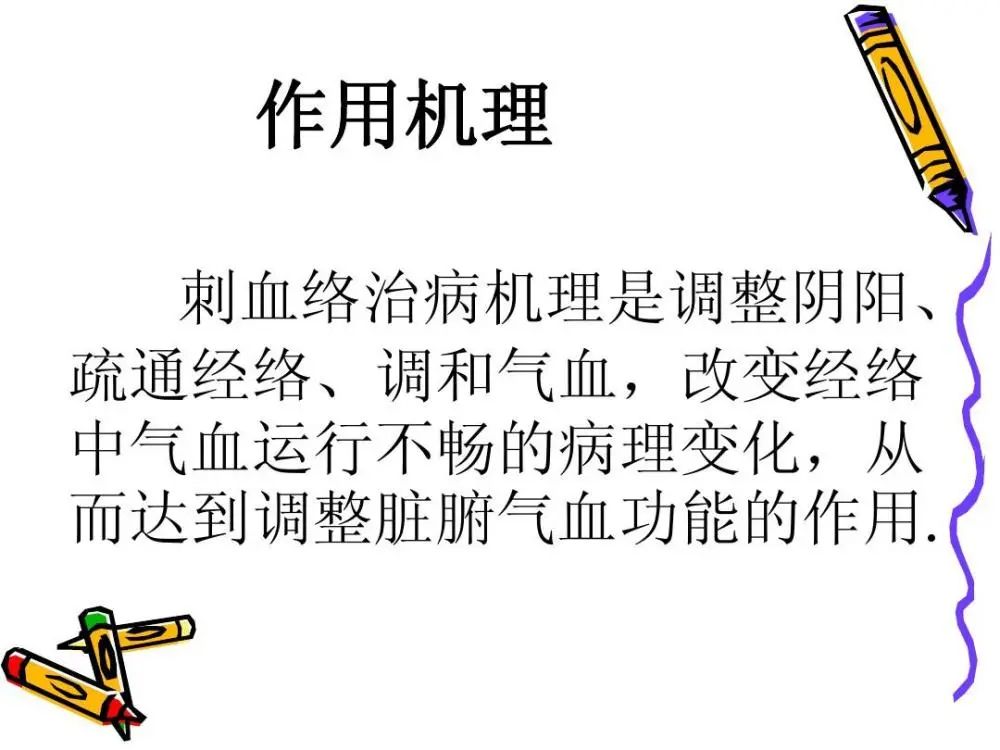



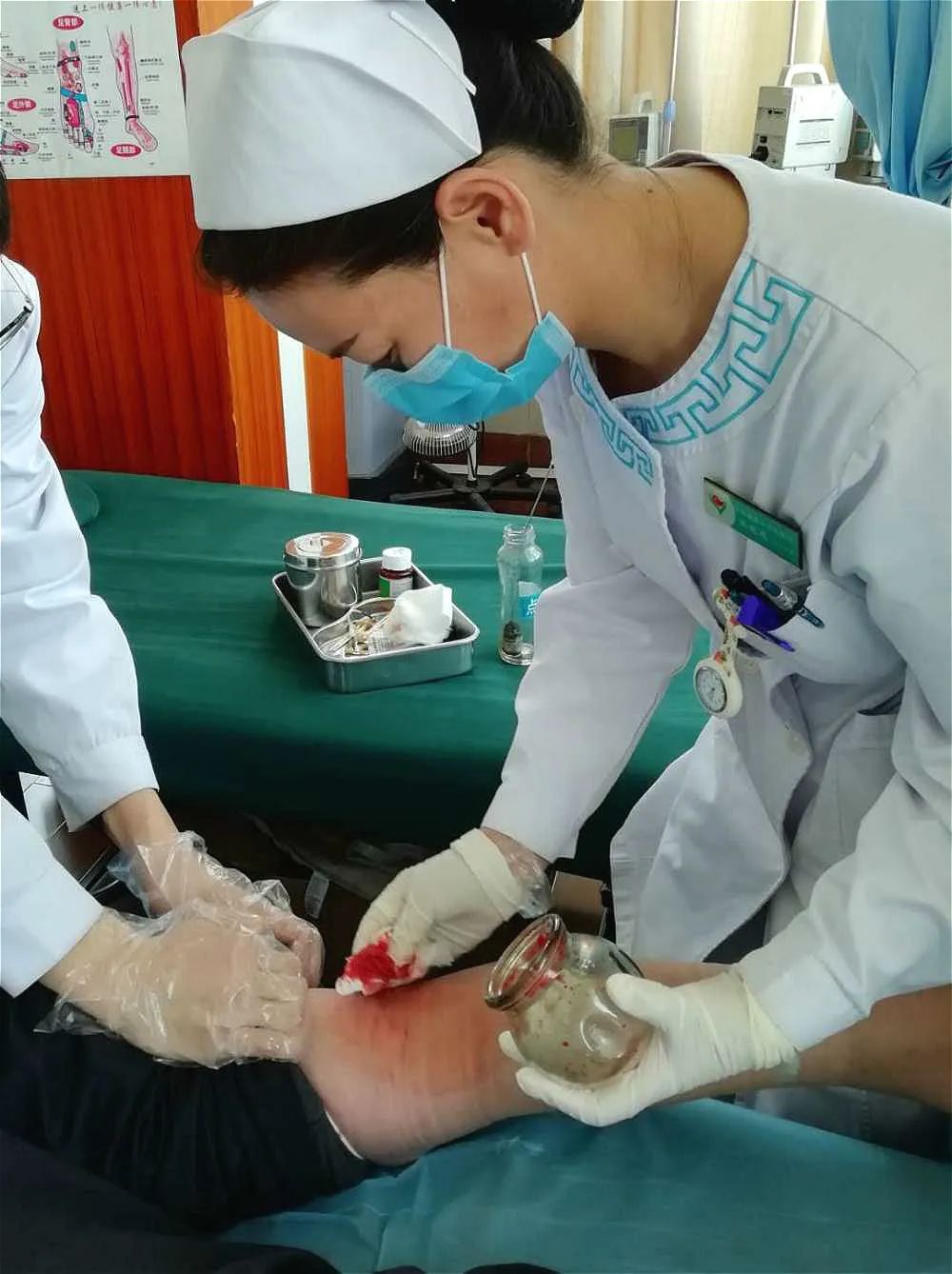
Recently, our neurology department has implemented bloodletting therapy for patients with post-stroke sequelae who experience impaired limb movement, heaviness, or sensory abnormalities. The treatment has achieved good results and has been widely accepted and recognized by patients.


Introduction to the Neurology Department
The Neurology Department was established in January 2018, bringing together many experienced physicians and nursing staff. We currently utilize a combination of traditional Chinese and Western medicine to treat cerebrovascular diseases, epilepsy, Parkinson’s disease, acute myelitis, headaches, dizziness, central nervous system degenerative diseases, and peripheral neuropathies. We can independently perform intravenous thrombolysis for acute cerebral infarction and minimally invasive hematoma evacuation, with experts from the Beijing Aerospace Center Hospital periodically conducting cerebral angiography and intracranial artery stenting. Our department offers treatments such as oral Chinese herbal decoctions, acupuncture, electroacupuncture, acupoint application, Chinese herbal poultices, foot baths, cupping, bloodletting, dizziness massage, acupoint bloodletting, moxibustion, and iontophoresis of Chinese medicine for common neurological diseases, achieving satisfactory results and receiving unanimous praise from patients and their families.
Department Address: Sixth Floor, Cerebrovascular Disease Ward
Department Phone: 0476-4263974
Director Zhang Shucheng: 13947691995



Text and Images: Neurology Department, Li Yanyan
Editor: Planning Department, Jia Chunli
Reviewed by: Liu Haibo
Previous Highlights:
1. [Deployment] The medical team from Ningcheng Mongolian Medicine Hospital goes to Hubei!
2. [Ningmeng TCM] Ready for battle, victory assured, Wuhan, stay strong!
3. [Popular Science Video] Home Moxibustion to Enhance Immunity
4. [Popular Science Video] Substitute Tea – Strengthening the Foundation Against Pathogens
5. “Substitute Tea” to Assist You
6. Effective Use of Ginger Moxibustion to Enhance Resistance
7. Severe Carbon Monoxide Poisoning Can Lead to Recovery of Self-Care…
8. 94-Year-Old Regains “New Life”
9. [Warriors Return] Farewell to Snow, Welcome Spring Rain – Welcoming Back the Heroes of Ningcheng TCM Hospital!
10. Announcement on the Complete Ban on Hospital Visits at Ningcheng TCM Hospital
11. “Strange Fetus” in the Belly
12. [Name Change Announcement] Ningcheng Mongolian Medicine Hospital Officially Renamed to “Ningcheng TCM Mongolian Medicine Hospital”
13. [Must-See] List of Experts for May at Ningcheng TCM Mongolian Medicine Hospital
